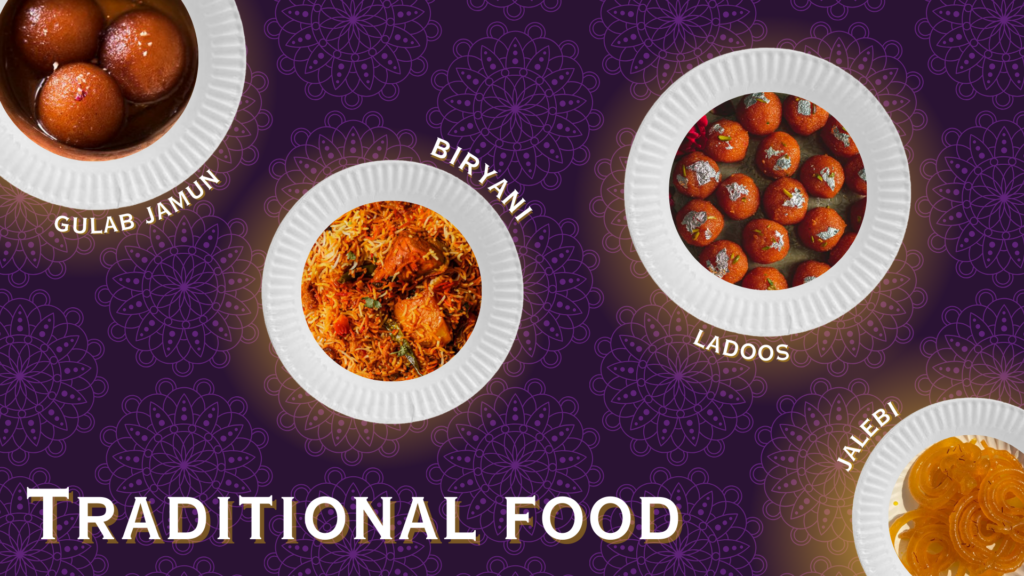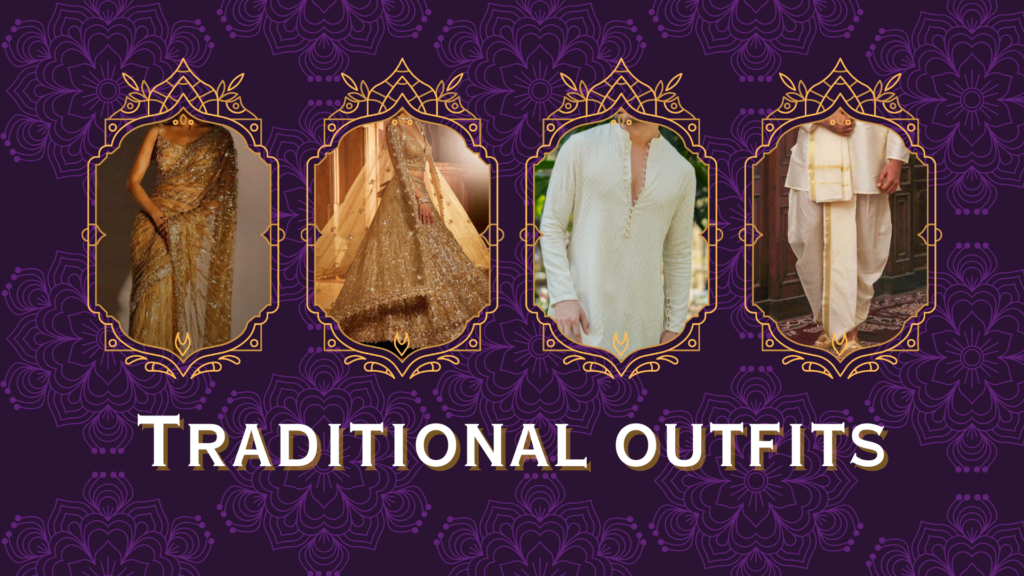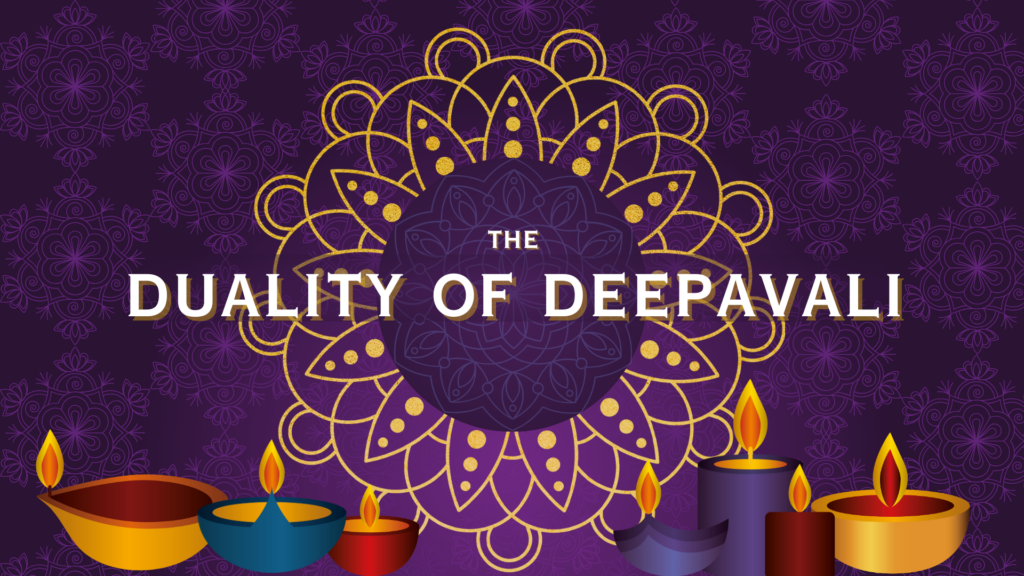Written by: Bashirah Uzma Ashraf Ali
The Festival of Lights
The festival of lights has arrived! Deepavali, also known as Diwali in Hindi, is one of the most celebrated festivals in India and among Hindu communities worldwide. The festival signifies the triumph of light over darkness, good over evil, and knowledge over ignorance. With its rich history, vibrant traditions, and diverse customs, Deepavali is a beautiful tapestry of culture, spirituality, and community bonding.
Deepavali celebrations in Singapore promote community, unity, and cultural diversity, fostering a sense of togetherness through the exchange of greetings among people of diverse backgrounds.
History of Deepavali
So what is the story behind Deepavali? The festival commemorates the return of Lord Rama, his wife Sita Devi, and his brother Lakshmana to their homeland after a 14-year exile. The villagers welcomed Rama, who emerged victorious in the battle against the Demon King, Ravana. In certain regions, celebrations included reenactments of this significant narrative.
In a different variation of the story, it is believed that the festival commemorates the triumph of Lord Krishna over the demon Narakasura. According to the legend, following Narakasura’s defeat, Lord Krishna declared the day as a time for joyous festivities.
In certain regions of India, a customary practice during Deepavali involves burning effigies. This symbolises the triumph of good over evil, which reflects the values and beliefs of Deepavali that every story has in common.
Rituals and Traditions
Deepavali is celebrated over five days, drawing families together to set aside their differences and enjoy the festivities.
Preparations for Deepavali often begin weeks in advance. Many consider Deepavali to be a fresh start thus they clean and decorate their homes to welcome the Goddess Lakshmi, the symbol of wealth and prosperity. Families believe that a clean and well-decorated home invites positive energy and blessings during the festival. Colourful Rangolis adorn the entrances of homes, adding to the festive atmosphere.

5 Days of Deepavali
The first day, known as Dhanteras, is specifically dedicated to wealth and prosperity. On this day, people buy gold, silver, or new utensils as a symbol of good luck. The second day of Deepavali is known as Naraka Chaturdashi. Lord Krishna killed the demon Narakasura, who was causing havoc and terrorising the world. Devotees also offer prayers to the Goddess Kali as a means for dispelling negativity.
Deepavali’s true essence is celebrated on the third day of the festival, by worshipping Goddess Lakshmi and Lord Ganesha. Hindus come together with their families and their Pandit (a Hindu Priest) to seek blessings for prosperity, the triumph of light over darkness, and the relevance of light over darkness. Homes are adorned with diyas and candles, while streets across India sparkle with millions of crackers, lights and festive decorations.
The fourth day of Deepavali, also known as Govardhan Puja, is celebrated to honour and value the labour and craftsmanship of others as well as express gratitude for their contributions. This relates to one of the many variations of the legend where Lord Krishna saved the agricultural community from incessant rains by lifting Mount Govardhan.
This celebration also allows spouses to express their appreciation for one another through gifts, as it commemorates the relationship between husband and wife.
On the fifth and final day of Deepavali, Bhai Dooj is observed. During the Vedic period (1500 BC – 600 BC), Yama, the Lord of Death, granted his sister Yamuna a boon: visitors that day would be absolved of all sins and attain ultimate liberation.
These five days together create a festive atmosphere, allowing families to come together to celebrate the joyous occasion of Deepavali.

Culinary Delights
Deepavali is also a time for indulgence, with families preparing special festive meals that include a variety of sweets and savoury dishes. In South India, popular savoury dishes such as Puliyadorai (Tamarind Rice) and Ellu Sadam (Sesame Rice) are served on banana leaves with various chutneys such as coconut, peanut and tomato. Sweets such as Mysore Pak and Adhirasam are served to accompany the celebration.
In North India, savoury dishes such as Palak Paneer, Paneer Tikka, Aloo Gobi, and Biryani are served. Gulab Jamun, Jalebi, and Barfi are common sweets served to guests.

Traditional Outfits
Sarees are a common choice of traditional clothing among women during Deepavali. Popular variations include silk Sarees like Banarasi and Patola, often distinguished by their intricate embroidery work. Lehengas, with their voluminous skirts and embellished Cholis (tops), are also a favourite for those who want to add a modern twist to their traditional attire. The presence of bold colours such as gold, red, purple and green symbolises prosperity and good luck.
On the other hand, the men often opt for traditional Kurta or Kurta-Dhoti combinations during Deepavali. The Kurta can either be plain or adorned with embroidery. The use of rich fabrics such as silk or brocade adds an extra touch of elegance to the whole outfit.
Accessories play a crucial role in completing the look during the festive season. Women often adorn themselves with bold jewellery such as Jhumkas, Maang Tikkas and bangles.
Deepavali is a festival that goes beyond religious and cultural boundaries. It’s about uniting people in the celebration of light and joyousness. It is also a time for reflection and gratitude towards family members and appreciating the people around you from various walks of life. Stories & Co. wishes everyone a Happy Deepavali!




